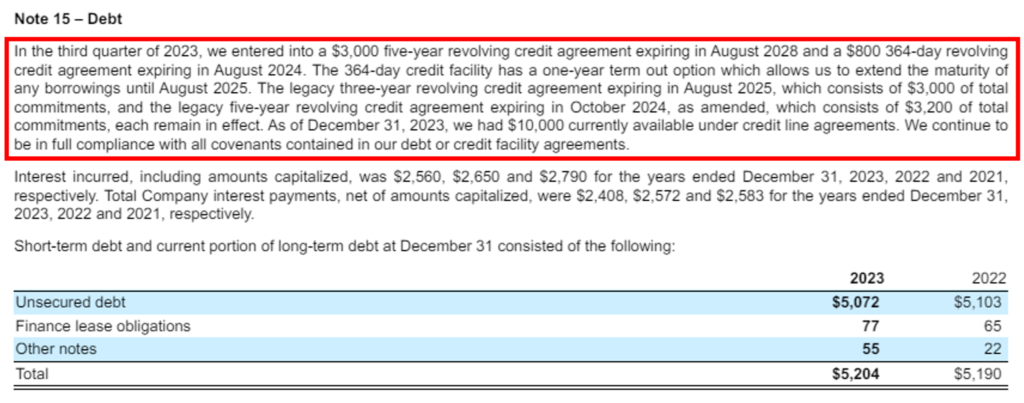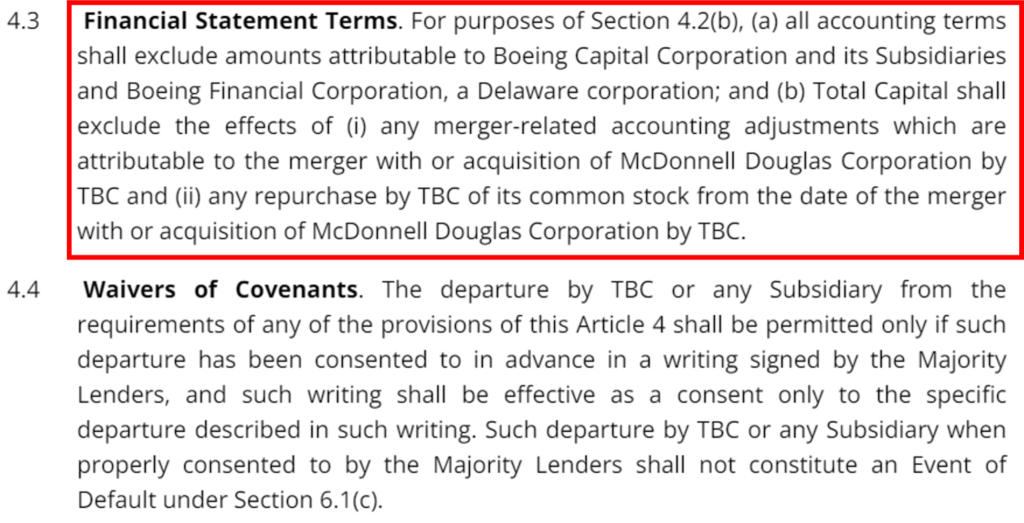Introduction
Covenants refer to the contract, promise or agreement between two or more parties for carrying out particular activities. The purpose of debt covenants is to act as guidelines that dictate which activities should or should not be performed. Covenants are legally binding clauses, and their violation may result in compensatory or other legal action. Many industries, like real estate, finance, law, etc, use covenants to direct and channel their work. This article will try to comprehend Debt Covenants, their purpose, types and more.
What are Debt Covenants?
Debt Covenants are constraints employed by lenders on borrowers in the form of lending agreements to restrict the actions of the borrowers. It is an agreement which guides the borrowers, majorly a company, on the employment of the funds.
Debt covenants are designed to protect the lender’s interests by ensuring the borrower maintains a stable financial condition. They play a crucial role in the lending process by mitigating risk and promoting financial discipline among borrowers.
Purpose of Debt Covenants
The evolution of debt in the credit market led to multiple changes, and one such change is the introduction of debt covenants. The main reasons for the introduction of debt covenants are as follows:
- Debt covenants are crucial for protecting lenders by reducing the risk associated with lending. By imposing specific restrictions and requirements on borrowers, lenders can ensure that the borrower maintains a financial position allowing timely debt repayment.
- Covenants enforce financial discipline by requiring borrowers to adhere to specific financial and operational standards. This discipline helps prevent borrowers from engaging in risky behaviours that could jeopardise their ability to repay the loan.
- For lenders, debt covenants serve as an early warning mechanism. Using debt covenants lenders can identify possible financial difficulties early on and take corrective action before facing economic downturns by monitoring the borrower’s adherence to covenants.
Types of Debt Covenants
Positive Covenants: Affirmative covenants, also known as positive covenants, impose obligations on the borrower. The borrowing entity’s operational integrity and financial stability are the goals of these measures. Financial reporting and the upkeep of financial ratios are examples of positive covenants.
Negative Covenants: Restrictive covenants, commonly called negative covenants, set limits on the borrower’s actions to shield the lender from unwarranted risk. Restrictions on the distribution of dividends, prohibitions on taking on new debt, and so on are examples of negative covenants.
Financial Covenants: The upkeep of particular financial measures is the major goal of financial covenants. To guarantee the borrower’s continued financial stability, these covenants are essential. Debt to equity ratios, interest coverage ratios, debt service coverage ratio, and so forth are a few examples of financial covenants.
Commonly used Debt Covenants:
- Interest Coverage Ratio: The interest coverage ratio shows the financial stability of a business by highlighting its ability to pay its interest amount. The ratio should be greater than 1.5 times.
| Interest Coverage Ratio | = EBIT/ Gross Interest Expense |
- Debt to Equity Ratio: The Debt to Equity ratio helps lenders understand a company’s financial leverage. It measures how much operations are debt-financed versus equity-financed.
| Debt to Equity Ratio | = Total Debt/ Shareholders’ Equity |
- Debt to EBITDA: Net Debt to EBITDA is a leverage ratio used to compare the firm’s liabilities i.e. debt to the cash flow represented as EBITDA. Investors and credit agencies check a company’s Debt to EBITDA ratio to see the debt serviceability of a firm. A Debt to EBITDA ratio of less than 3 is considered favourable amongst investors or lenders.
| Debt to EBITDA | = Net Debt/ EBITDA |
- Debt Service Coverage Ratio: The Debt-Service Coverage Ratio (DSCR) measures the cash flow available to pay current debt obligations. Lenders use DSCR to determine whether a business has enough net operating income to pay back loans.
| Debt Service Coverage Ratio | = Net Operating Income/ Total Debt Service |
The Debt Service Coverage Ratio (DSCR) of a borrower is a periodical assessment by lenders. When a company’s debt service obligations are equal to the operating income, the debt service ratio (DSCR) is 1. A negative cash flow is indicated by a DSCR of less than 1, which raises the possibility that the borrower won’t be able to pay off existing debt without turning to outside funding or taking on more debt.
Real Life Example of Debt Covenants:
Let’s try to understand the Debt Covenants of The Boeing Company (TBC):
The S&P Global in one of their article, states a negative covenant of The Boeing Company regarding consolidated debt says that the consolidated debt of TBC shall not exceed 60% of its total capital.

Source: https://disclosure.spglobal.com/ratings/en/regulatory/article/-/view/sourceId/13056793

Reference: Page 41 of the 2023 10-K report of The Boeing Company.
Under note 15 (as below), the company clearly states that it has entered multiple credit agreements which are guided by different covenants. Further, the company commits to comply with these covenants fully.

Reference: Page 86, under Note 15 Debt, of the 2023 10-K report of The Boeing Company.
The Boeing Company entered into a five-year joint credit agreement on May 15, 2024, with Citibank & JPMorgan Chase. The credit agreement is sectioned into 8 articles, each of which deals with particulars like Amounts and Terms of Advances & Letters of Credit, Definitions, Representations & warranties, Covenants of TBC, Conditions precedent to Borrowings & Issuance, Events of Default, The Agent and miscellaneous.

Source: https://contracts.justia.com/companies/boeing-191/contract/1284561/
Article 4 of the 5-year credit agreement discusses the Covenants of The Boeing Company. It has to abide by affirmative, negative and financial covenants that are as follows:

The Affirmative Covenant discusses the following points:
- Periodic Reports related to the financial position of the company
- Payment of Taxes
- Insurance
- Corporate Existence, and
- Material Compliance with Laws, etc.
The General Negative Covenant limits The Boeing Company regarding the following areas:
- Mortgage, Liens, etc.
- Consolidated Debt composition
- Merger & Consolidation, etc.
The Financial Covenant talks about ignoring the accounting changes that resulted from Boeing’s merger or acquisition with McDonnell Douglas Corporation.

Reference: Page 47 under Article 4: Covenants of TBC, of the 5-year credit agreement.
Relationship between Debt Covenants and Agency Costs
Agency cost is an internal expense associated with the principal and agent of a company. Principal refers to the lenders or creditors who loan the debt capital, and agents are the borrowers or managers of the company. Agency cost arises when the agents pursue their interests at the expense of the principals.
Debt covenants are contractual agreements that require borrowers to meet specific financial and operational conditions to protect the lender’s interests.
Therefore, the debt covenants are the agreements which address the agency cost by aligning the interest of creditors and the company. It also helps to minimise credit risk by regulating the financial, technical and operational efficiency of the business.
Conclusion
Debt covenants are pivotal in maintaining financial discipline and protecting lenders’ interests by imposing specific constraints on borrowers. By enforcing positive and negative covenants, lenders ensure that borrowers adhere to financial standards, thus mitigating risks and promoting operational stability. These covenants not only safeguard the lender’s investment but also act as an early warning system for potential financial distress. Furthermore, debt covenants help address agency costs by aligning the interests of creditors and borrowers. In essence, debt covenants are essential tools in the financial ecosystem, fostering a balanced and secure lending environment while enhancing overall financial health and accountability.


